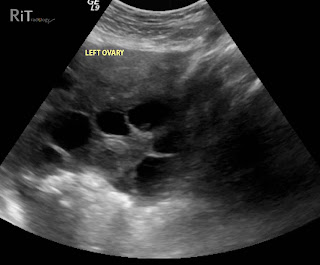- Secondary form (more common) is believed to be due to intimal injury, venous stasis and hypercoagulability. Primary form (Paget-von Schrotter syndrome) occurs in young adults due to underlying chronic venous compressive abnormality caused by musculoskeletal structures in the costoclavicular space
- Axillosubclavian vein most common location because it is relatively fixed in the thoracic outlet, therefore it is exposed to repeated trauma with arm movement
- Etiology: central venous catheter (CVC), permanent cardiac pacer, mediastinal tumors, radiation, surgery, hypercoagulable states
- Increasingly common. 8% of all DVTs
- Complications: pulmonary embolism, SVC syndrome, postthrombotic venous insufficiency, loss of vascular access
- The most powerful independent predictor of UEDVT = presence of CVC (increases the risk by 7 folds)
- Other risk factors in patients without CVC: young age, lean body weight and inpatient status
- US is the imaging modality of choice
- US shows lack of compressibility, absence of color flow signal and augmentation, visualization of thrombus
- Radiography may show cervical rib, fractured rib or clavicle
1. Joffe HV, Kucher N, Tapson VF, et al. Upper-extremity deep vein thrombosis: a prospective registry of 592 patients. Circulation 2004;110:1605-1611.
2. Greben C and Charles HW. Deep vein thrombosis, upper extremity. In eMedicine, updated Jul 28, 2009.


























